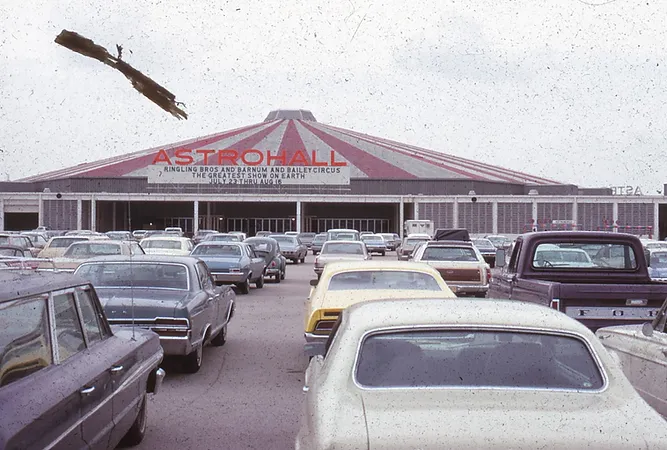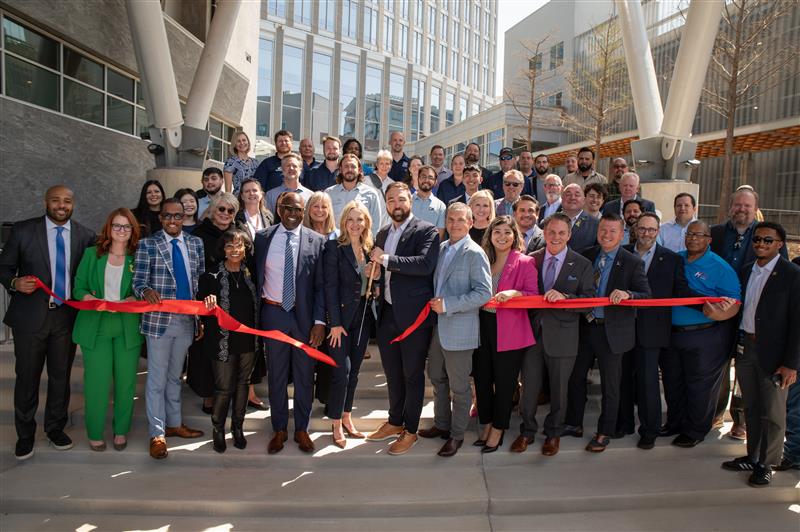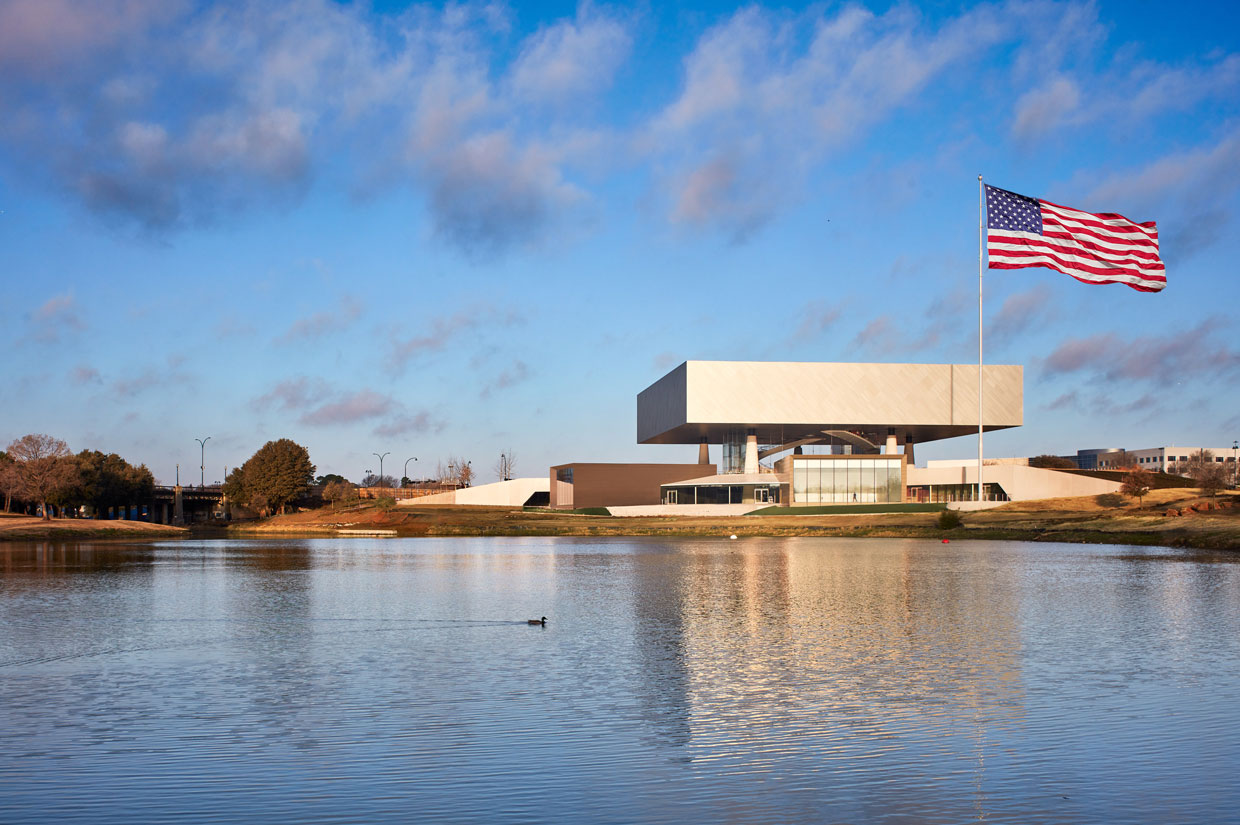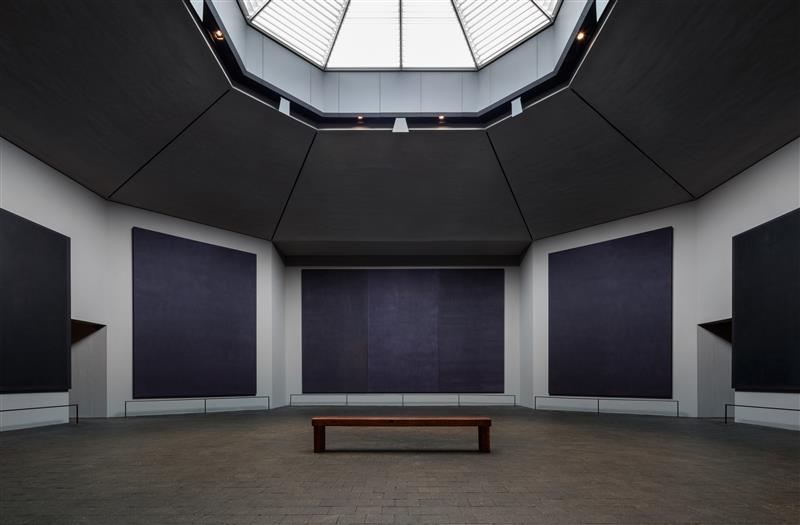Linbeck: Through the Decades (1958-1968)
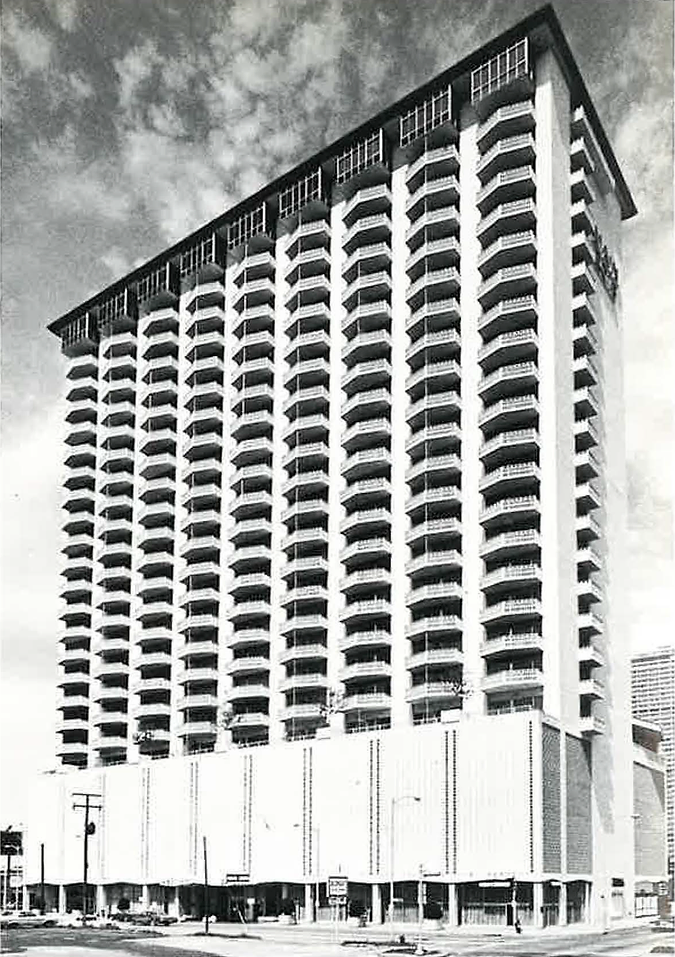
1958-1968
If Houston (or Texas) history could tell you anything, it’s that the 1960s were filed with incredible growth and innovation. High-rises and skyscrapers began dotting the city’s once thin landscape, crafting a new metropolis that knew how to capitalize off of its assets (heat and humidity aside). And Linbeck was a key player.
Taking their cue from John F. Kennedy’s moon-landing declaration in 1962, Houston and Rice University dug their heels into space, science, and technology. And with that came the first university space science department (and accompanying 1966 building) in the nation.
In 1965, Linbeck delivered the tallest apartment high-rise in downtown at the time, and a year later the Astrohall Complex, built for the Houston Livestock Show and Rodeo.
Other building projects between 1958 and 1968 included the new Neiman Marcus, a gone-but-not-forgotten Sakowitz, an expansion to the Coca-Cola bottling plant in the southwest region of the city, and various church and university facilities.
2016 Main – Houston, TX – 1965

What do luxury living, Linbeck, and Urban Cowboy have in common? They were all characters in the legacy of the 2016 Main apartments. Yes, portions of the 1980s John Travolta movie were filmed at this downtown high-rise.
Heralded as the tallest apartment building in the city at the time, the 27-story, 350-apartment high rise hugging downtown not only delivered outstanding views of the city, but also came with its own set of “firsts.” Modern amenities included a “fifth floor freezer room especially designed for home freezers…luxury elevators, with chandeliers and piped-in FM music…and three times as many phone outlets [per apartment] as are normally installed due to specially designed prewiring.” Lest we forget the Roman Travertine and Tuscan Travertine marble in the lobby.¹
Typical of the superb craftsmanship evident throughout 2016 Main are the fabulous color-coordinated kitchens, with applicances by General Electric. Here in a setting of soft lighting, custom-crafted cabinetry, and inspired colors GE appliances work their own special kind of magic.
General Electric Advertisement
The Houston Chronicle
April 11, 1965
To celebrate the arrival of the new apartments, 2016 Main hosted a champagne reception, where interested guests (perhaps future residents?) could ooh-and-ahh at all the accoutrements. The central highlight along the grand tour took place on the sixth floor, “where guests [were] shown the play deck including swimming pool, lounge area and shuffleboard courts signed by Fred Buxton & Associates, landscape architects.”²
Now nearly 60 years later, 2016 Main stands as tall as it did when it was completed–even amid Houston’s ever-changing landscape. With its name emblazoned across the roofline, 2016 Main is a constant reminder that as often as things change, they also remain the same.
Space Science Building – Houston, TX – 1966
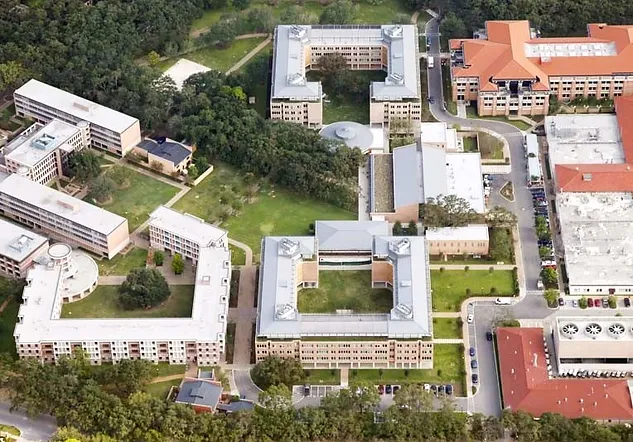
After a nation-wide search for a Manned Spacecraft Center, NASA Administrator James E. Webb and his Space Task Group deemed Houston the most appropriate headquarters for their space flight endeavors. The city was spacious, temperate, and had access to a host of resources–materially, commercially, and educationally.³ Things were heating up, and Houston was at the center of it all.
Rice University became intrinsically involved in the entire saga. They were the ones who made the land available to NASA for the Manned Spacecraft Center (now Johnson Space Center). They were the ones who hosted JFK when he pronounced America’s mission to send a man to the moon. And they soon became the site of the first-ever space science department in the country, led by Dr. Alexander J. Dessler.⁴
Fast forward several years and one growing department later, Linbeck was commissioned to head construction of the new Space Science and Technology Building (while also building the university’s Ryon Engineering Building).⁵ It would be the perfect place to form the next generation of astronomers, engineers, and physicists.
The groundbreaking took place on February 12, 1965 and rest assured, things went off with a bang. Literally. Rather than using the traditional shovel, Rice used an IMP satellite signal to “detonate a small charge to break ground.”⁶ According to the event program, the building was set to include three main floors and a basement and would be responsible for carrying out cutting-edge research and advancements.⁷
By 1966, Linbeck had completed the Space Science and Technology Building, helping to reinforce the Rice-NASA relationship.
Astrohall Complex – Houston, TX – 1966
As much as things were becoming “new, new, new” in Houston, Space City had a way of clinging to its southern roots and Western heritage. Like the Houston Rodeo.
The Houston Livestock Show and Rodeo has remained a Houston tradition since the 1930s. What started out as a mere idea to increase awareness for Texas’ cattle industry has become the largest event of its kind in the world.⁸
Yes, the world.
In 1966, the Rodeo moved from its operations at the Sam Houston Coliseum to the cool, new Astrodome — a thoroughly Houston venue that soon became the city’s prized possession. In moving the Rodeo to the Astrodome, more visitors and spectators could enjoy the fun (which now included shows and concerts). And that’s where Astrohall Complex came in. Built adjacent to the Astrodome, this 12-acre site would become the spot for the livestock side of things.
Of note, Astrohall was not just the Astrodome’s sidekick. This expansive exposition hall stood on its own, offering “enough space to house all of the livestock during the Houston Livestock Show and Rodeo,” making it possible to eliminate the tents and temporary structures that had been used in the past.⁹
When not in use for the Rodeo, the Astrohall Complex hosted other events, markets, shows, and community affairs.
Come 2002, the site was demolished and transformed into a parking lot for Reliant Stadium (now NRG Stadium). Although Astrohall faded away, its memories are not forgotten and its legacy lives on.

